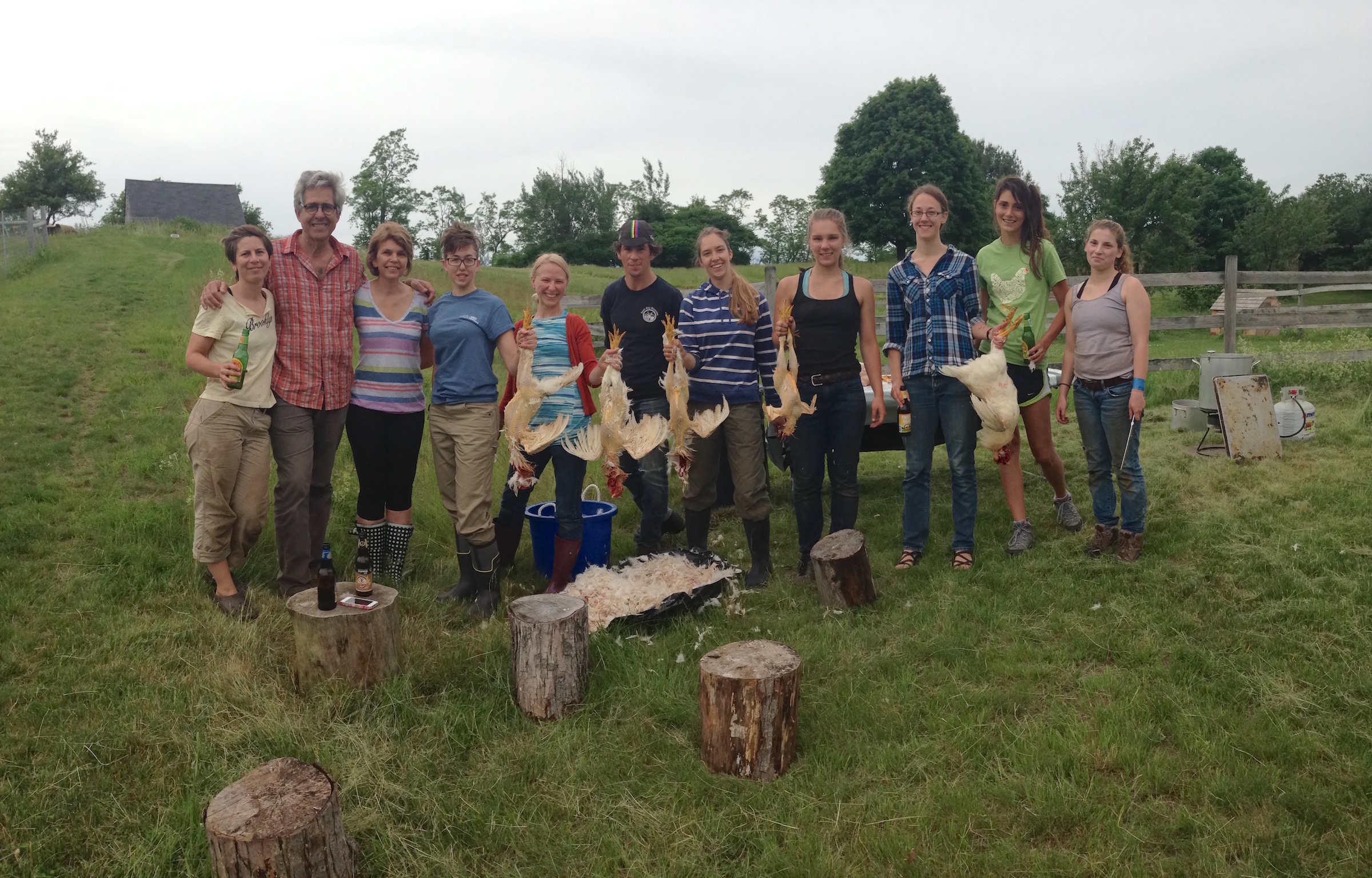April 2018
Written by Executive Director, Archie McIntyre
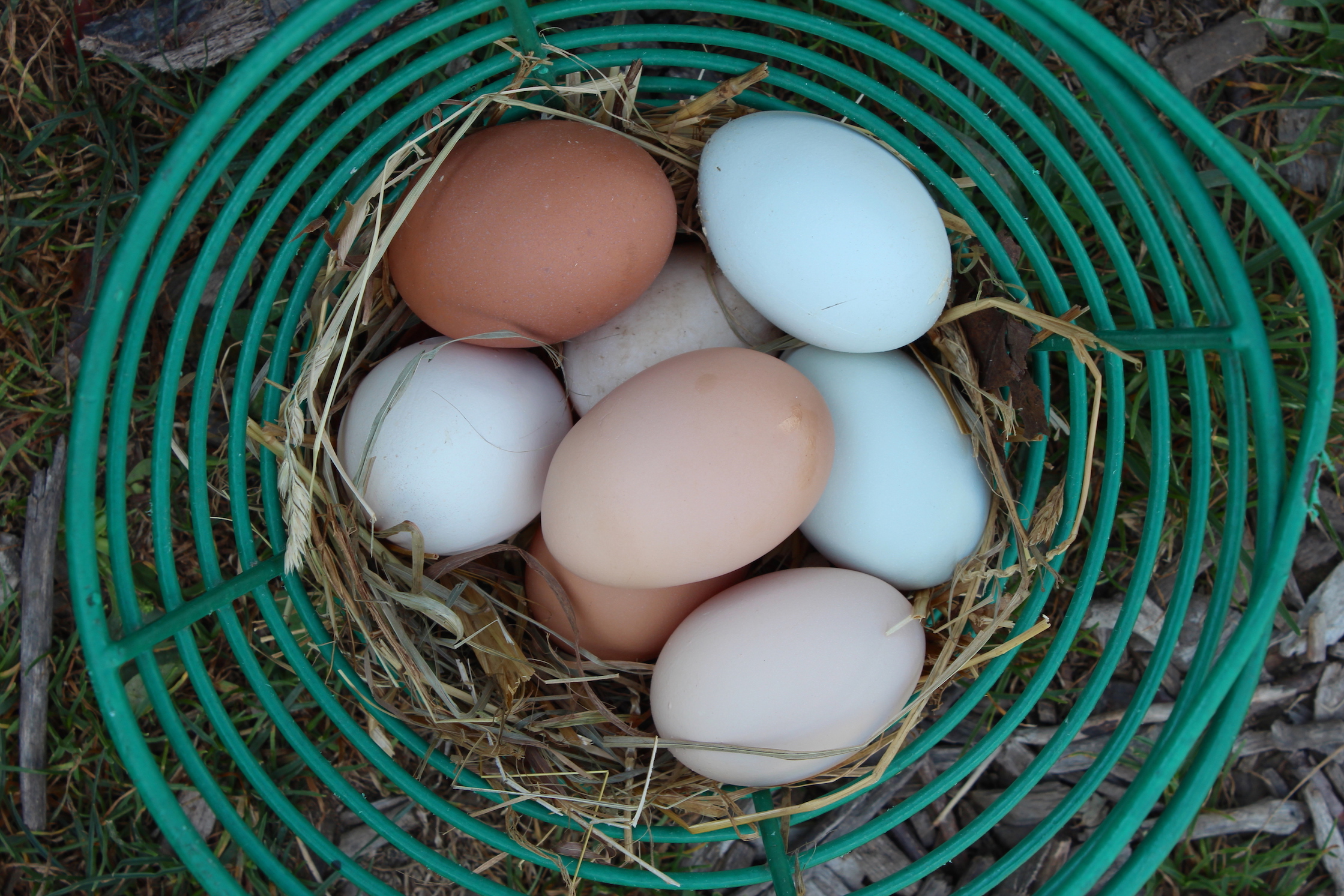
The economics of modern industrial agriculture means we have fewer family farms. What was once a diversified livelihood is now more often enterprise growing just one thing – a farm of corn, or soy, of dairy cows, or pigs or chickens. Animals have been separated from crop production and from one another. Traditionally, a farm was a self-sufficient operation growing food for people and animals, consuming the vegetable, animal and dairy products on-farm and selling some off-farm for income, while fertilizing the soil.
When the Conservancy took over the farm in 2007, we inherited our own monocrop operation: raspberries. Picking lasted for about 6 weeks each summer from late August until the first frost. Just 6 weeks activity out of 52 weeks in a year didn’t seem like enough to sustain ongoing interest and we knew there was so much potential. So what to do?
The clear choice was to expand our efforts and diversify. We hired Adrienne, our farmer in 2011 and we began growing a full range of market crops starting in the spring once the snow was off the ground and continuing until the fall frosts set in. We offered a variety of market vegetables at Farmers’ Markets and eventually through an on-farm CSA.
Creating a full season of diverse crops was the first step in reinvigorating our farm, but nothing brings a farm to life like animals. At a small community farm like Wright-Locke, chickens are just the trick to add back a little vitality and a bit of chaos, too.
So we created our own flock and found that chickens added a real energy to the Farm. As the word got out, visitors started coming to check out the new girls in town and volunteers offered their help. We developed a Chicken Chore program and volunteers took over their care and rotated chicken chores every week. It’s a big commitment to care for chickens all year long but a week of chores every once in a while is a great way for parents and children to work side-by-side, learning about taking care of living things and contributing to the joint effort of running a small community farm operation.
That’s not to say that maintaining a flock of chickens at the farm is not without some challenges. Over the years, the size of our flock has gone from a couple of dozen to over a 100 chickens. We are now back to about 35 or 40 which seems the right number to lay enough eggs for our regular customers while not overburdening volunteers and our limited space for livestock.
It’s hard to get an accurate count of how many chickens we have at any one time. As soon as you get a number of the chickens counted, they run around and shuffle the deck and you’re back to square one. Did I get that Barred Rock? Was that the Araucana I just counted or a different one? They sure look the same to me.
We raise layers, not broilers and that cuts down on the blood and guts a bit. A few years back, I volunteered to help Pete and Jen at their Backyard Birds operation in Concord. The day’s activity was to slaughter and process about 400 chickens. This is just the kind of chicken operation we all want to support – a small, local farm with caring farmers raising healthy chickens on pasture, transparent to the customers who could see for themselves that the chickens were being treated humanely. The experience was memorable and has stuck with me over the years. It did drive home a couple of fundamentals: the meat we eat comes from living animals and no matter how humanely done, death of an animal is not pleasant. The second lesson learned was I sure wasn’t going into the broiler business, certainly not here at Wright-Locke Farm.

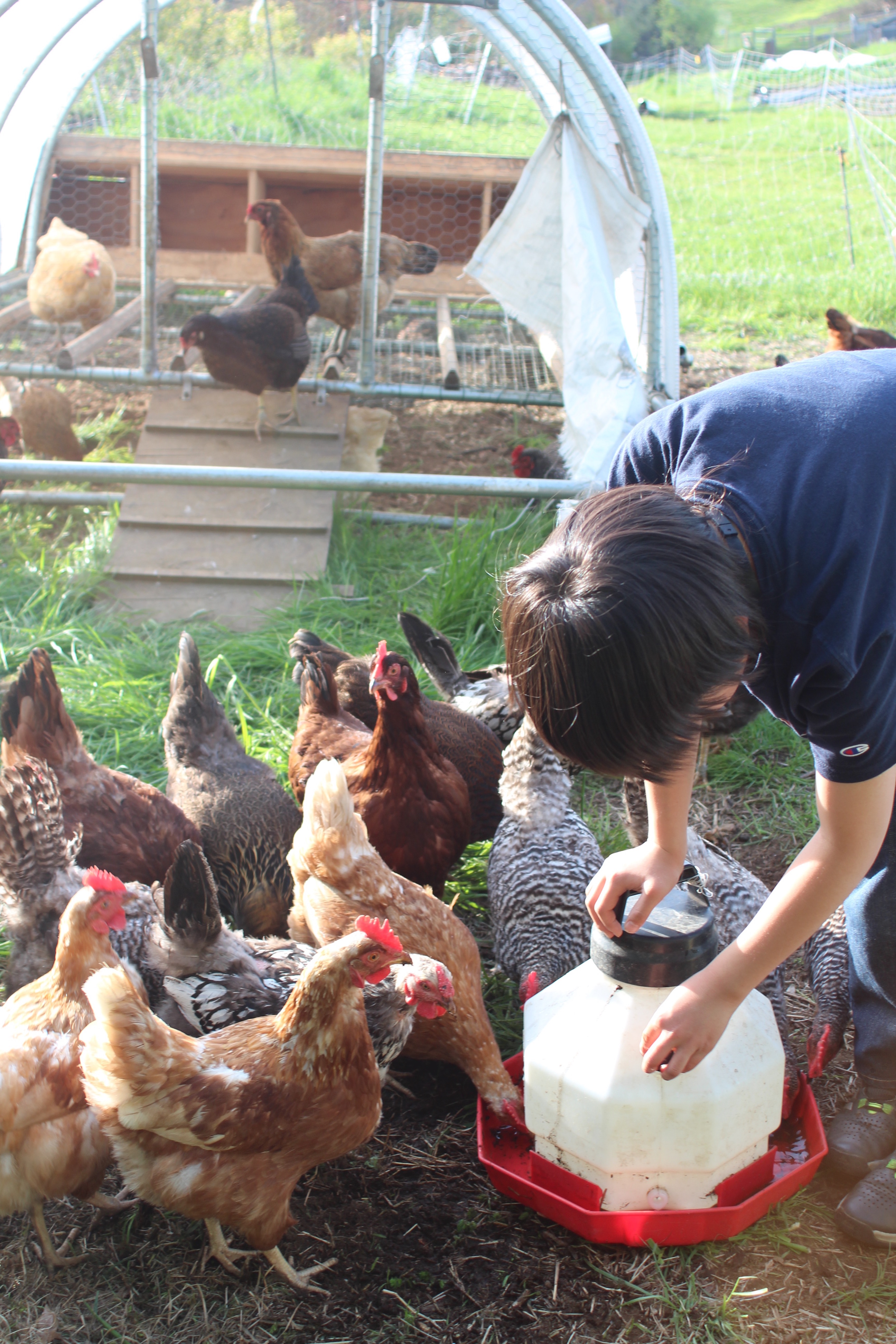
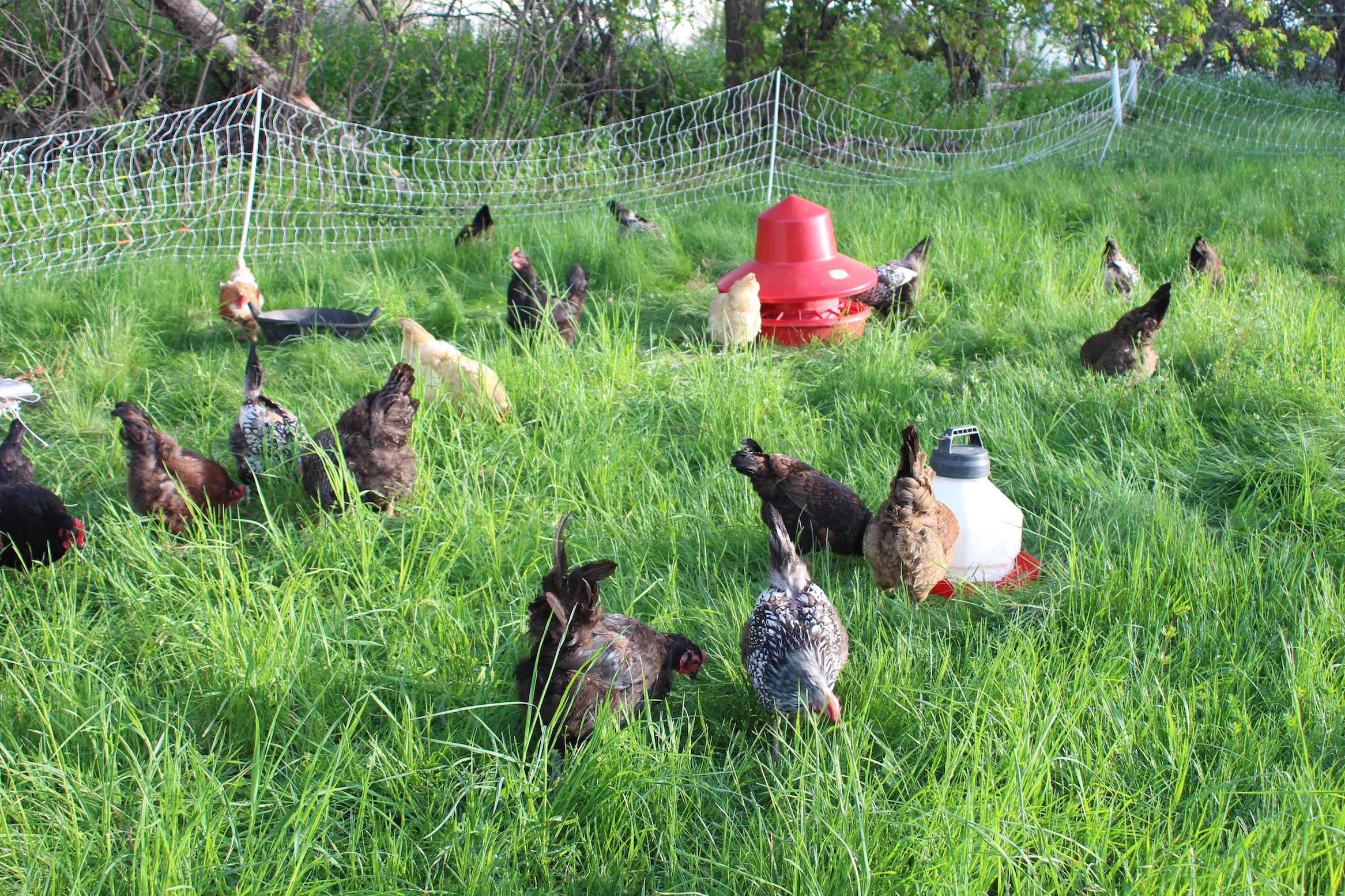
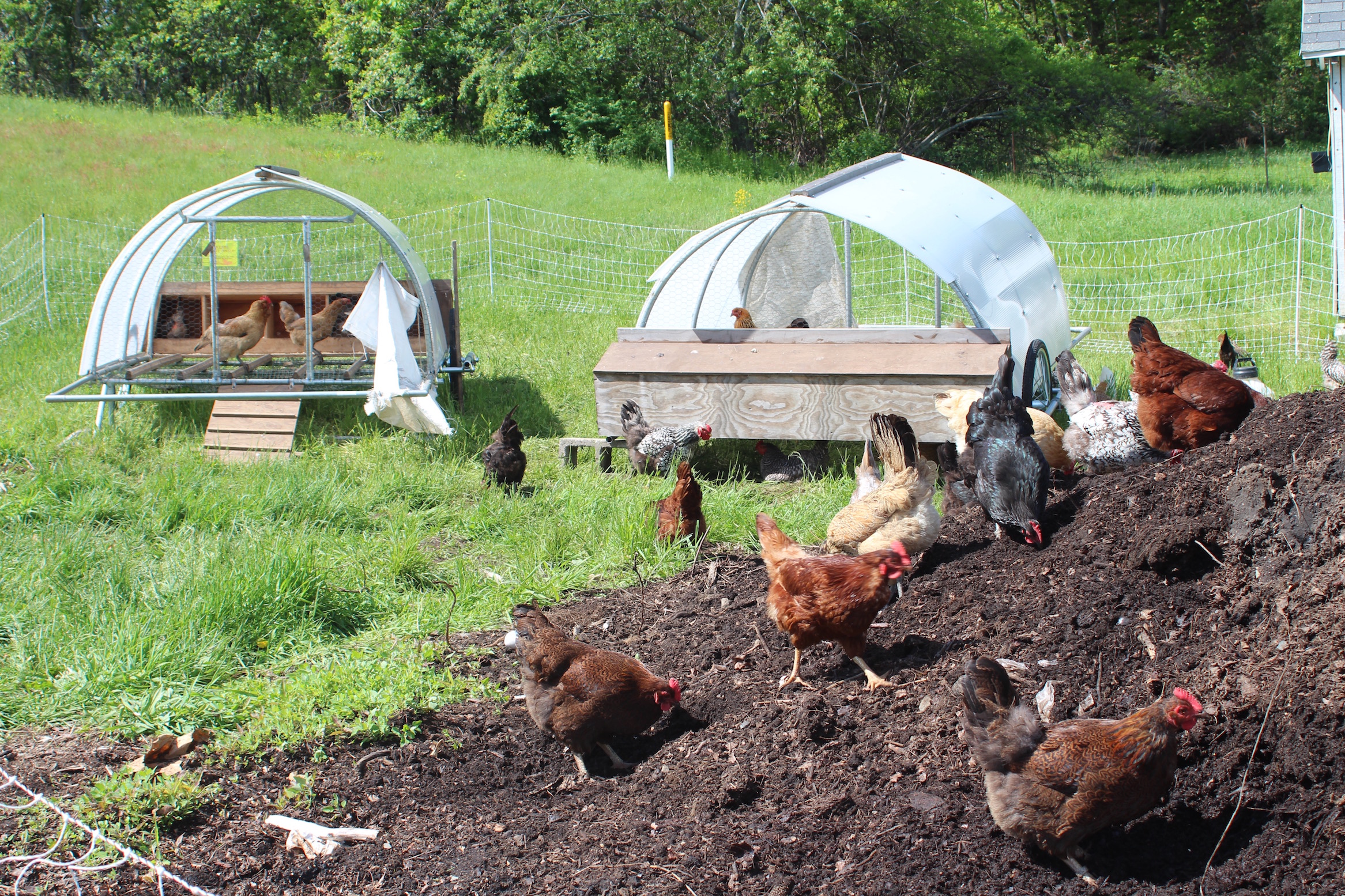
So we too, at the Farm, have to get our hands dirty. One time, when we had over a dozen roosters that we couldn’t keep, we had our own backyard slaughter and processing. Volunteers took home a chicken for their pot and a much better understanding of chicken behavior, anatomy, and what it takes to put that protein on your plate.
Well now, I’ve gone on and on about our chickens but we do raise other animals at the farm! Sheep, goats, and bees. Each has their own story and unique place at Wright-Locke Farm. Stay tuned next week to learn about our sheep.
But, everyone likes a chicken dinner. Despite our best protective efforts, the occasional hawk or stray coyote swoops in for a feast. Every year it seems we lose a couple of chickens to predators. Once or twice over the years we have suffered larger losses to a marauding coyote or perhaps a fisher cat. We never can be sure who’s the culprit, for it happens in a short minute during an infrequent lull in our activities when no one is around.
Unfortunately, sometimes the death of our animals is intentional. When you’re in the layer business, roosters don’t add too much value. It’s always good to have one around to strut his stuff and protect the hens. But too many create havoc not only for the layers but also for the many kids in our educational program who care for the chickens as part of their time at the Farm. It can be pretty scary if a rooster decides to take a run at you. Of course, if you’re in the breeding business the law of averages says 50% of the offspring will be boys. When we buy in day old chicks to replenish our flock, we try only to buy females but sexing a day old chicken is not infallible and invariably we get a few roosters. Recently, a fully-grown rooster showed up unannounced and uninvited, left behind by backyard bird keeper who couldn’t handle the crowing.
